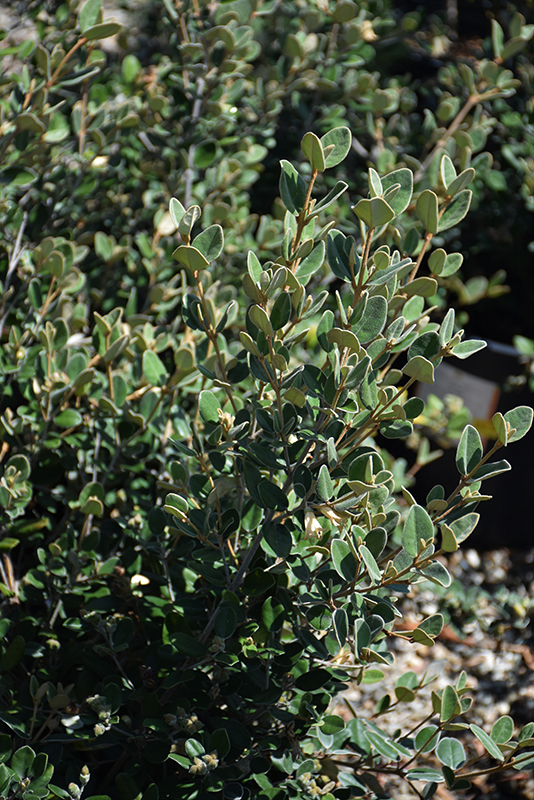Plant Finder
Height: 5 feet
Spread: 5 feet
Sunlight:
![]()
![]()
Hardiness Zone: 8b
Other Names: White Australian Fuchsia
Description:
Dense, velvety gray-green leaves cover this evergreen shrub; ivory, bell shaped flowers emerge in late winter and gently nod at the end of the branches; drought tolerant once established
Ornamental Features
Ivory Bells Correa has nodding creamy white bell-shaped flowers at the ends of the branches from late winter to early spring, which are interesting on close inspection. It has attractive grayish green evergreen foliage which emerges light green in spring. The fuzzy oval leaves are highly ornamental and remain grayish green throughout the winter. The coppery-bronze bark adds an interesting dimension to the landscape.
Landscape Attributes
Ivory Bells Correa is a dense multi-stemmed evergreen shrub with an upright spreading habit of growth. Its average texture blends into the landscape, but can be balanced by one or two finer or coarser trees or shrubs for an effective composition.
This is a relatively low maintenance shrub, and should only be pruned after flowering to avoid removing any of the current season's flowers. It is a good choice for attracting birds to your yard, but is not particularly attractive to deer who tend to leave it alone in favor of tastier treats. It has no significant negative characteristics.
Ivory Bells Correa is recommended for the following landscape applications;
- Mass Planting
- General Garden Use
- Groundcover
Planting & Growing
Ivory Bells Correa will grow to be about 5 feet tall at maturity, with a spread of 5 feet. It tends to fill out right to the ground and therefore doesn't necessarily require facer plants in front, and is suitable for planting under power lines. It grows at a medium rate, and under ideal conditions can be expected to live for approximately 30 years.
This shrub does best in full sun to partial shade. It does best in average to evenly moist conditions, but will not tolerate standing water. It is not particular as to soil type or pH, and is able to handle environmental salt. It is somewhat tolerant of urban pollution. This particular variety is an interspecific hybrid.





